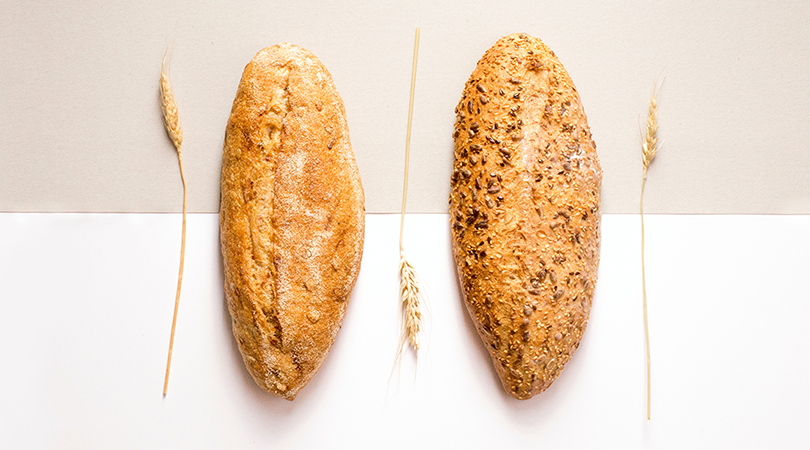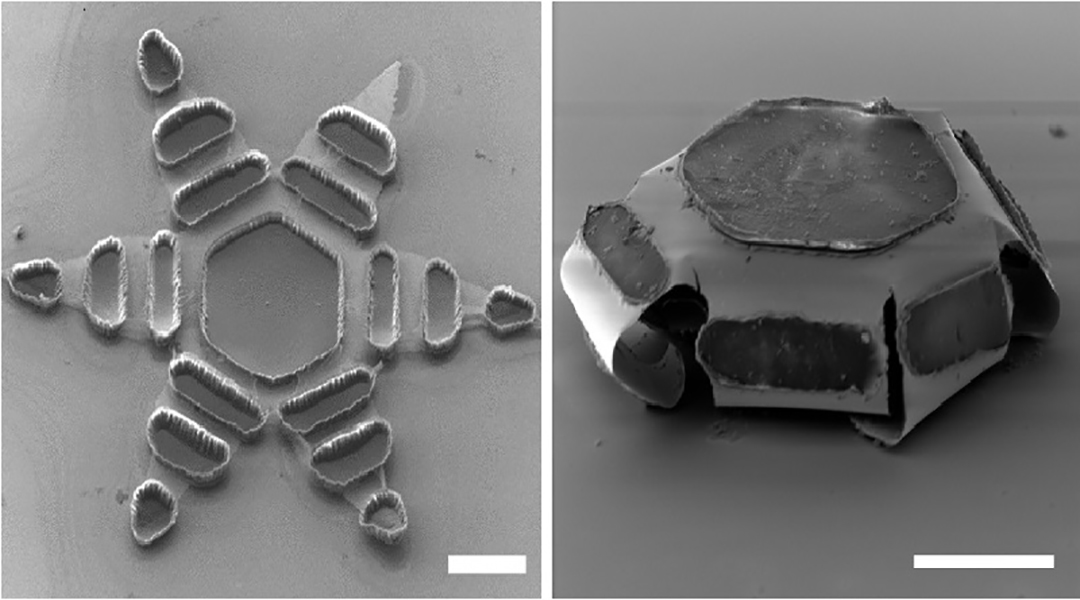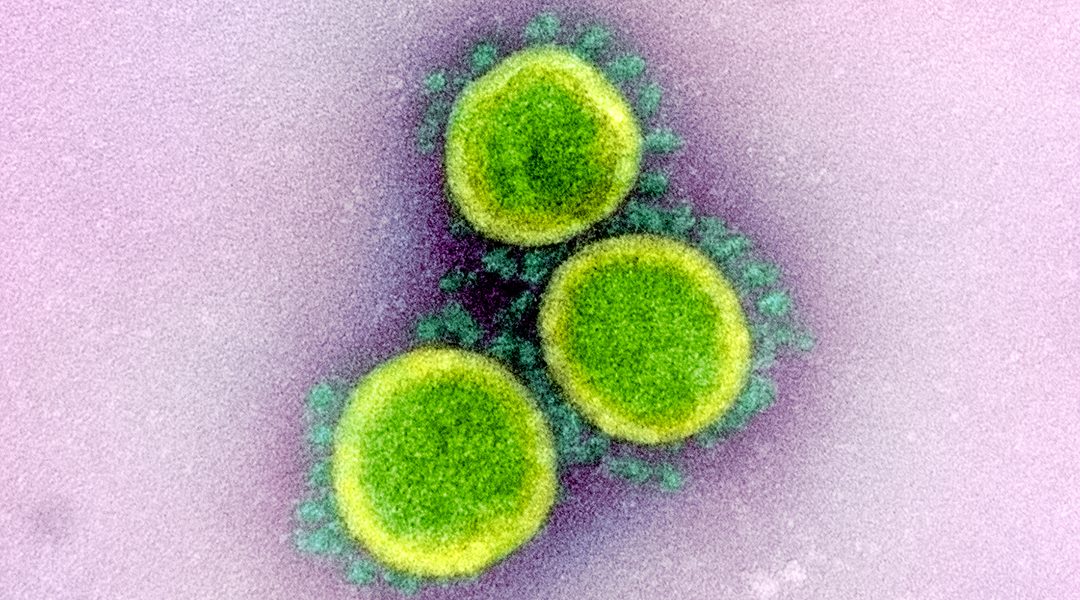A new blood-derived embolic material with regenerative properties stops bleeding instantly, even in cases of impaired coagulation.


A new blood-derived embolic material with regenerative properties stops bleeding instantly, even in cases of impaired coagulation.

Understanding how gluten affects the gut is a key to understanding whether gluten-free diets are merely a fad or based in solid science.

“Theragrippers” are inspired by a parasitic worm that clamps onto its host’s intestines.

Hybridizing biofabrication processes will lead us to superior “living” tissue and organ substitutes that can be used to treat patients in lieu of donor grafts and metal and plastic devices.

Researchers enhance the immune response against the receptor binding domain of SARS-CoV-2 by presenting it on liposomes, providing a promising strategy for vaccine development targeting this domain.

Researchers create a method to fine tune the properties of nanoparticles, making them a promising treatment for cancer.

Superior coating performance achieved compared to existing clinical products, allowing better artificial bone synthesis and coating on the surface of metal and polymer materials.

An inventive new approach lowers the limit of detection for a common assay, allowing researchers to identify elusive biomarkers in complex fluids, like the blood.

SARS-CoV-2 antibodies were found in patients’ blood up to 7 months after infection, and researchers are hopeful.

Researchers use an enhanced technique to pattern unaltered cells within a 3D hydrogel, allowing them to recreate complex biological tissue for regenerative medicine.